Our favourite places to stay on this sleepy Cebu island.
Everything You Need to Know About South Korea’s Bus and Train System
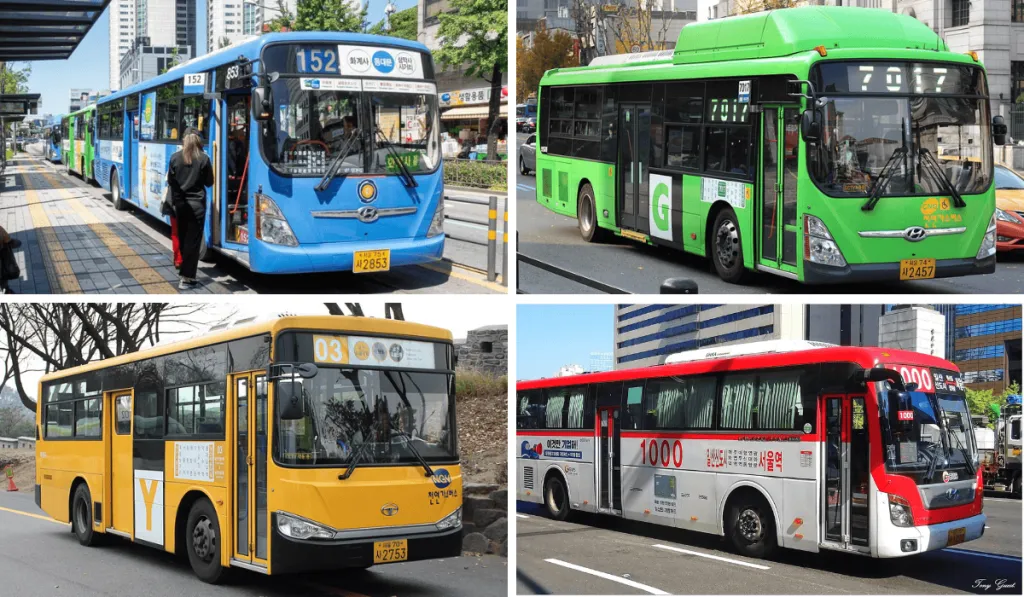
Planning your South Korea trip and wondering what’s the most efficient way to get around the country? While the K-drama sights and cherry blossom streets may steal the spotlight, one thing that deserves just as much attention is the country’s public transportation system.
Whether you're exploring Seoul, heading to Busan, or venturing off the beaten path to places like Gyeongju or Jeonju, you’ll be relying heavily on buses and trains in South Korea.
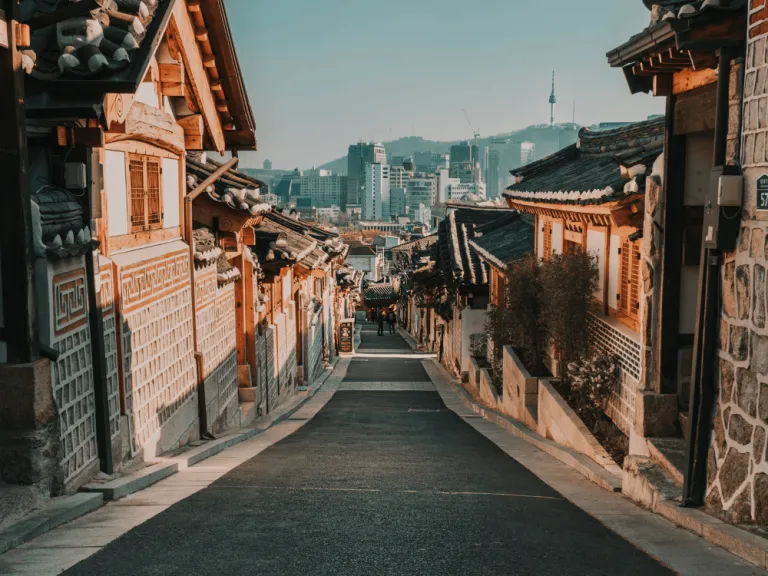 Bukchon Hanok Village, South Korea | Jakob Jin via Pexels
Bukchon Hanok Village, South Korea | Jakob Jin via Pexels
This guide covers everything you need to know about travelling around South Korea using buses and trains, perfect for Filipinos, especially first-timers.
Also read: The Ultimate South Korea Travel Guide for Filipinos: Best Destinations by Season
Navigating Seoul’s bus system
When it comes to getting around Seoul, the bus system is incredibly reliable and user-friendly for foreigners. But here’s the catch: you’ll need to understand what the different bus colours mean.
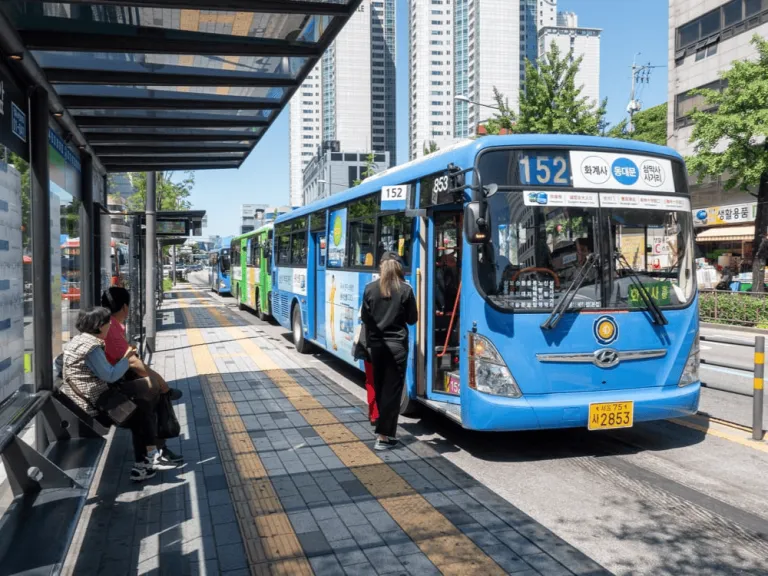 Blue Buses | The Seoul Guide Official Website
Blue Buses | The Seoul Guide Official Website
Blue buses connect Seoul’s outskirts to the city centre. If you’re travelling long distances across the city, these are your go-to options.
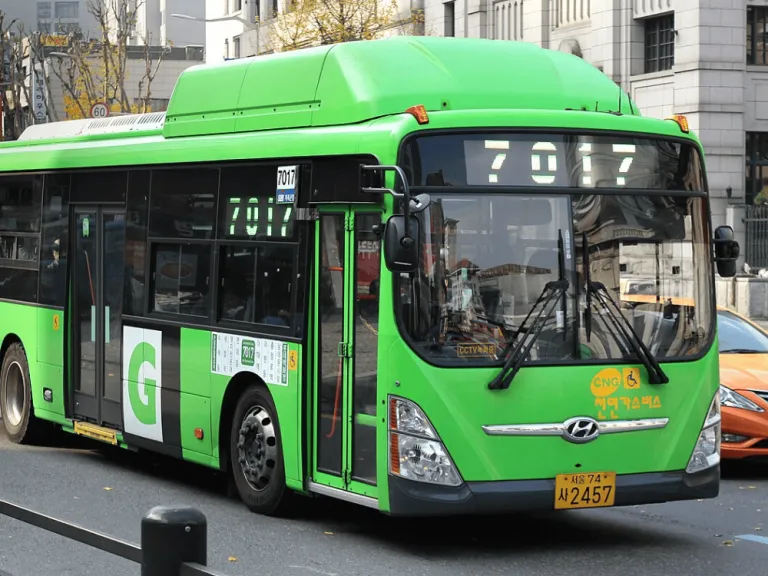 Green Buses | Minseong Kim via Wikimedia Commons
Green Buses | Minseong Kim via Wikimedia Commons
Green buses offer shorter routes that link subway stations and neighbourhoods, making them ideal for getting around your local area.
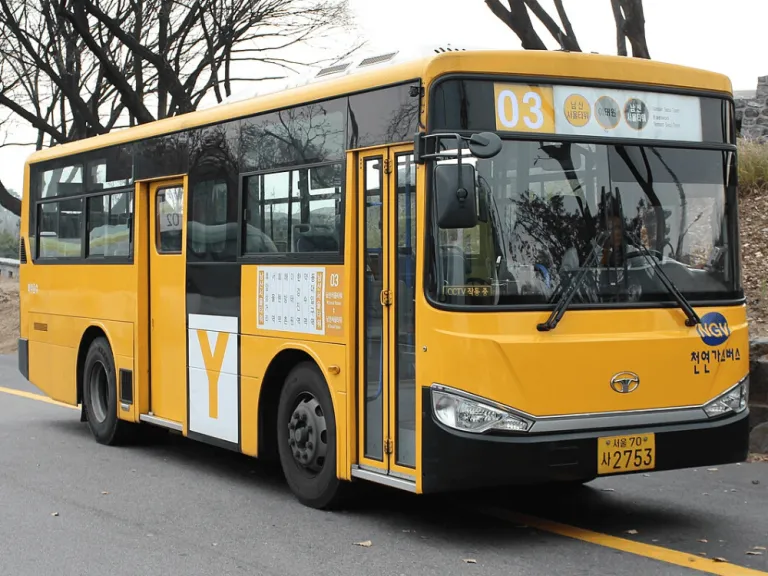 Yellow Buses | Minseong Kim via Wikimedia Commons
Yellow Buses | Minseong Kim via Wikimedia Commons
Yellow buses loop around popular tourist districts like Myeongdong, Itaewon, and Insadong, perfect if you're doing a DIY walking tour.
 Red Buses | Tony Guest via Flickr
Red Buses | Tony Guest via Flickr
Red buses are express commuter buses heading to and from the suburbs, such as Incheon or Suwon.
Each bus line is numbered, and signs are displayed in both Korean and English. For Filipino tourists, we highly recommend downloading Naver Map to navigate in real-time, and it’s more accurate than Google Maps in Korea.
Bus travel between cities: Express vs. Intercity
If you're travelling outside Seoul to cities like Busan, Gyeongju, Jeonju, or Sokcho, you’ll likely be taking either an Express Bus or an Intercity Bus.
Express buses, operated by the national government, typically travel directly from one city to another with few or no stops.
Intercity Buses often make multiple stops and are run by local jurisdictions, ideal for shorter routes under 100km.
Both bus types are comfortable, with a 2-1 seating layout, generous legroom, and onboard air-conditioning. Although there are no toilets or charging ports, longer routes include rest stops for bathroom breaks.
Most large terminals like Seoul Express Bus Terminal, Dong Seoul Terminal, and Busan Central Terminal have both manned counters and ticket machines. But as many machines don’t accept foreign credit cards, it’s safer to buy your tickets from the counter.
Where to buy bus tickets
You can buy tickets directly at the terminal. Just tell the staff your destination, and they’ll offer the next available departure and let you choose your seat. You don’t need to book far in advance. Filipino travellers can usually walk in and get a seat for the next bus departing within 30 minutes.
However, for weekend trips or popular routes like Jeonju to Seoul, you might want to arrive early or allow a bit more waiting time. As of now, most online booking sites for Korean buses only accept Korean credit cards, so in-person purchases are still the most practical option for tourists.
What about trains?
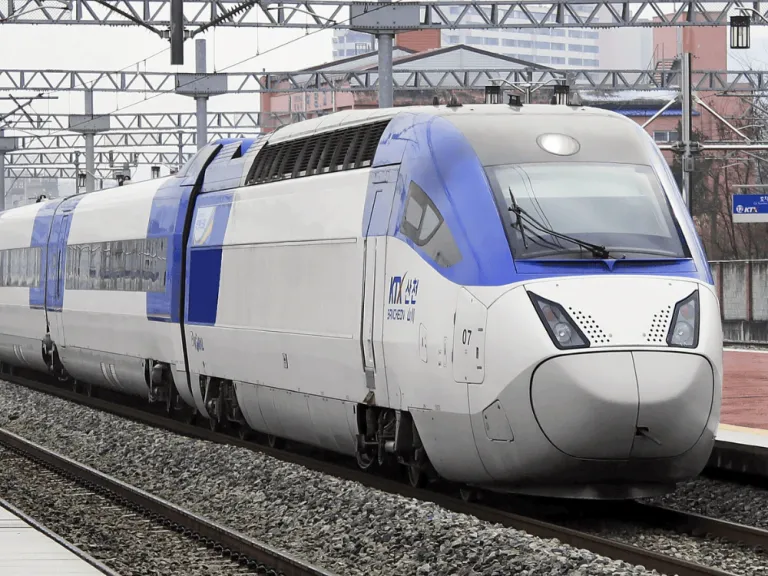 KTX (Korea Train Express) | Minseong Kim via Wikimedia Commons
KTX (Korea Train Express) | Minseong Kim via Wikimedia Commons
If you’re heading between major cities like Seoul and Busan, Daejeon, or Gwangju, then taking the KTX (Korea Train Express) may be your best option. This high-speed train can cover Seoul to Busan in just 2.5 to 3 hours, making it the fastest way to travel across the country. Trains are clean, reliable, and comfortable, equipped with reclining seats, luggage racks, charging outlets, and even Wi-Fi.
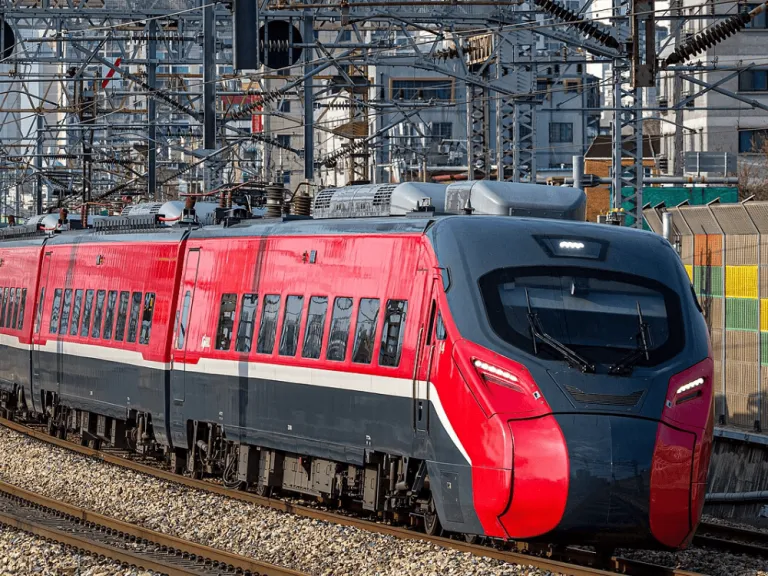 ITX or Mugunghwa trains | Ibamoto via Wikimedia Commons
ITX or Mugunghwa trains | Ibamoto via Wikimedia Commons
Aside from the KTX, you can also choose slower but cheaper options like the ITX or Mugunghwa trains. These are ideal for budget-conscious travellers who aren’t in a rush. Trains depart from major stations like Seoul Station and Yongsan Station, and the best part is that you can book tickets online through Korail’s official website, which accepts international credit cards, which is a major plus for Filipino tourists.
Travel tips for Filipino tourists
Download Naver Map or KakaoMap to navigate bus routes and train lines more accurately than Google Maps.
Get a T-money card or Cashbee card at the airport for seamless payment across buses, subways, and convenience stores.
Avoid peak local travel times like weekends and holidays to ensure you get a seat on buses or trains.
Keep some cash with you. Smaller towns and some local buses don’t always accept cards.
Save the emergency number 1330 (Korea Tourism Hotline) for English-language assistance 24/7.
Also read: 10 Things to Do in South Korea for First-Time Travellers
Final thoughts
While public transportation in South Korea may seem intimidating at first, it’s incredibly well-designed for tourists. Whether you’re navigating the colour-coded bus routes in Seoul, hopping on a direct Express Bus to Gyeongju, or cruising the countryside on a high-speed train, getting around is simple once you know the system.
For Pinoy travellers exploring South Korea for the first time, understanding these transportation options will not only save you money but also time and stress, so you can focus more on what matters: the adventure itself.
Published at
About Author
Jennylene Dela Cruz
Subscribe our Newsletter
Get our weekly tips and travel news!
Recommended Articles
10 Bantayan Island Resorts, Hotels, and Rentals for Your Tropical Escape 10 Best Mountain Cafes in the Philippines for Your Peak Coffee Experience Coffee date on the mountains, anyone?
10 Best Things to Do in Los Angeles Los Angeles is more than Hollywood stars. From hikes with killer views to beaches straight out of a rom-com, here are 10 must-do LA experiences for Filipino travellers or any wanderers in general!
10 Cutest Cafes in Japan That Are Totally One of a Kind From Pikachu snacks to Totoro cream puffs, here are 10 themed cafes in Japan that prove café hopping should be part of your travel itinerary.
10-day Christmas and New Year Japan Trip: Complete Travel Itinerary Celebrate Christmas and New Year in Japan with this 10-day holiday vacation itinerary packed with Tokyo lights, Kyoto charm, and Osaka adventures.
Latest Articles
Thailand Eyes to Build Disneyland Instead of Casino Complex Thailand is considering bringing Disneyland to the country, replacing a previously proposed casino and entertainment complex.
US May Require Five Years of Social Media History for Tourists Are Filipino tourists affected?
3 Days in Okinawa: Everything We Saw, Did, and Ate in Japan's Southern Gem Here's your ultimate travel guide to Okinawa, Japan!
Cheap Domestic Flights Needed as Philippines Ranks Last in Southeast Asia Tourism Tulfo says local flights are too expensive and Filipinos deserve better travel deals.
The Quiet LA Travel Hack Travellers Should Know: Why Flying Into Ontario Airport is Way Better Here's how to get to LA without going through LAX!

